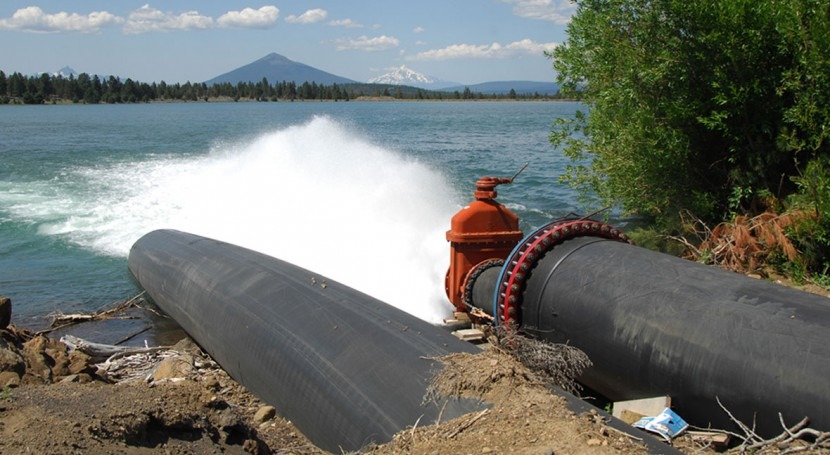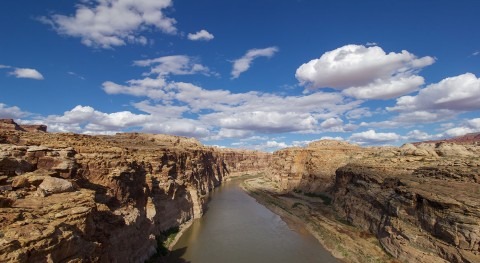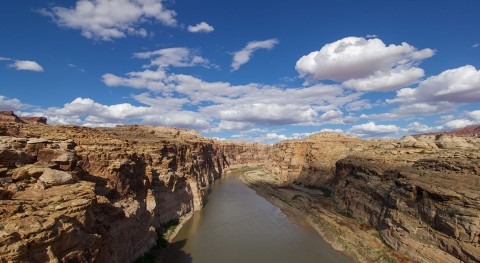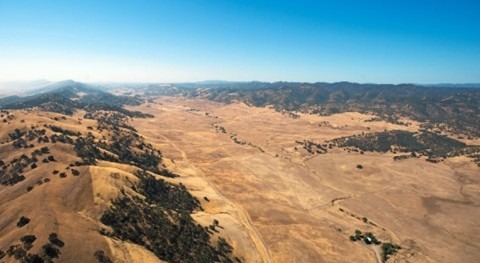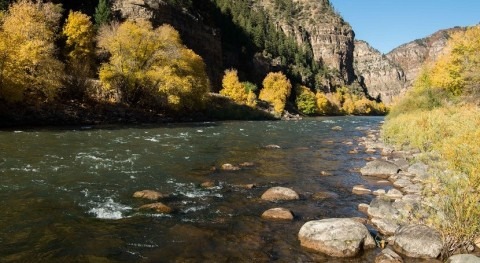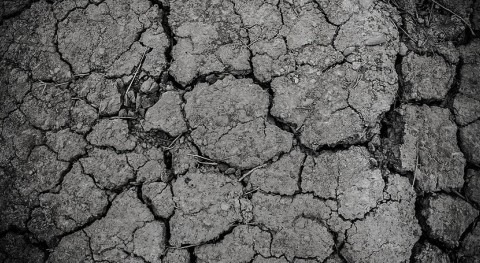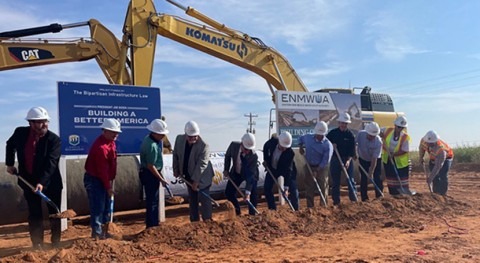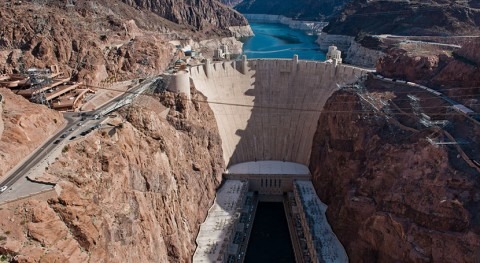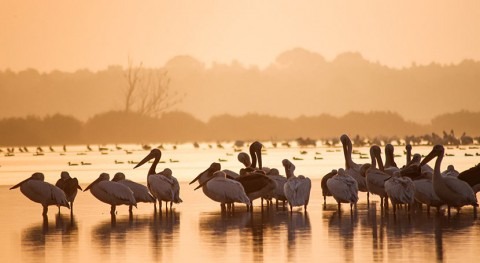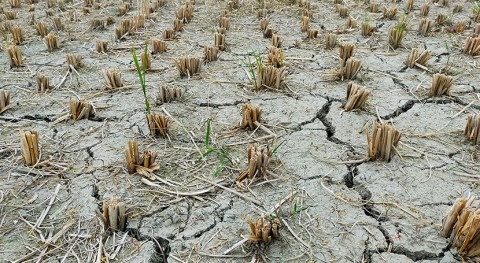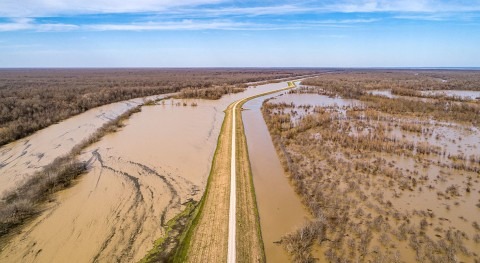The Department of the Interior’s Bureau of Reclamation announced that 13 states will utilize $29.1 million in grants from the WaterSMART Program to help communities conserve water.
“Existing water and hydropower resources are being strained as our infrastructure ages and population grows. The WaterSMART program provides critical support to western communities, helping to best conserve limited water resources,” said Secretary of the Interior David Bernhardt.
Forty-five projects will be funded based on two categories. In the first category, 28 projects from 11 states were selected to share $7.5 million with each project receiving up to $300,000 in federal funding and having a completion timeframe of less than two years. The second category consists of 17 projects from seven states, sharing $21.5 million. These projects are receiving up to $1.5 million in federal funding and will be completed within three years.
“These water and energy efficiency grants help increase hydropower production and contribute to water supply reliability in the western United States,” said Reclamation Commissioner Brenda Burman. "WaterSMART is an opportunity for communities to use water more effectively and reduce risk for future water conflict.”
Projects in Arizona, California, Colorado, Idaho, Montana, Nebraska, Nevada, New Mexico, Oklahoma, Texas, Utah, Washington and Wyoming were selected to receive grants. Examples of projects that are receiving funding include replacing unlined canals with pipe or a lining, installing flow measurement for real-time monitoring of water deliveries, advanced meters for residences that will help inform them about water use, or improving irrigation scheduling by installing moisture probes and irrigation system monitoring.
The Colorado River Indian Tribes in southwest Arizona will use $250,000 of federal funding with $250,000 of its own funding to modernize its Supervisory Control and Data Acquisition system to enable enhanced irrigation water control and management. The project is expected to result in annual water savings of 10,000 acre-feet that is currently lost to operational spills and evaporation.
The Grand Valley Water Users Association, near Grand Junction, Colorado, will combine $178,884 in federal funding with $220,000 of its own funding to implement several improvements at Roller Dam to collect more accurate and reliable diversion and measurement information. The project is expected to save 4,000 acre-feet of water every year and will result in reduced diversions from the Colorado River, benefitting a critical stretch of river known as the 15 Mile Reach, which is designated a critical habitat for many fish species.
The Mission Springs Water District, located in southern California, will combine $300,000 in federal funding with $3.4 million of its own funding to upgrade 12,967 residential water meters to advanced meters that help inform about leaks, breaks and other unusual use patterns. The project is expected to result in annual water savings of 549 acre-feet, which will reduce the amount of water pumped from the Coachella Valley Groundwater Basin.
Some projects complement on-farm improvements that can be carried out with the assistance of the U.S. Department of Agriculture’s Natural Resources Conservation Service to accomplish coordinated water conservation improvements. A number of the projects selected today are expected to help make additional on-farm improvements possible in the future, including the West Cache Irrigation Company located in northern Utah. They will combine $400,000 in federal funding with $520,000 of their own funding to convert 2.25 miles of the earthen South Fields Canal to a pressurized pipeline. The project is expected to result in water savings of 1,222 acre-feet annually. Once completed, irrigators will be able to take advantage of the newly pressurized system to complete on-farm improvements, potentially funded by the NRCS through its Environmental Quality Incentives Program, such as converting from flood irrigation to more efficient sprinkler irrigation.


